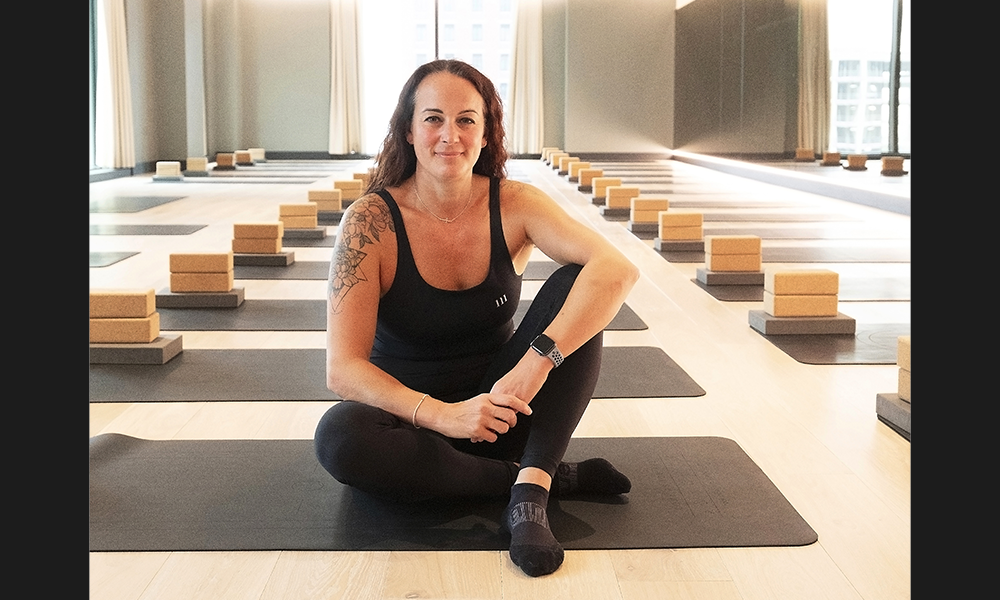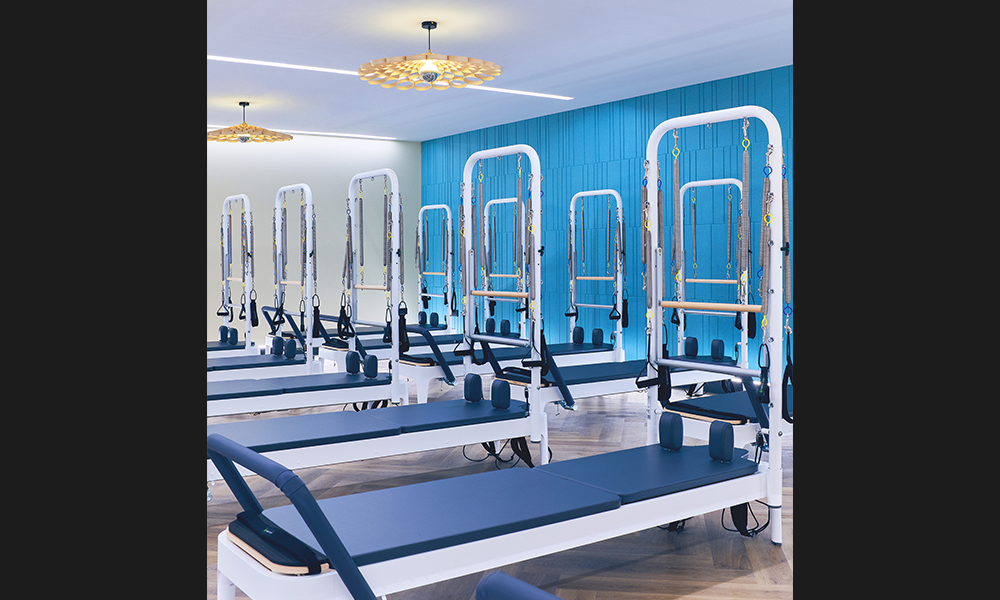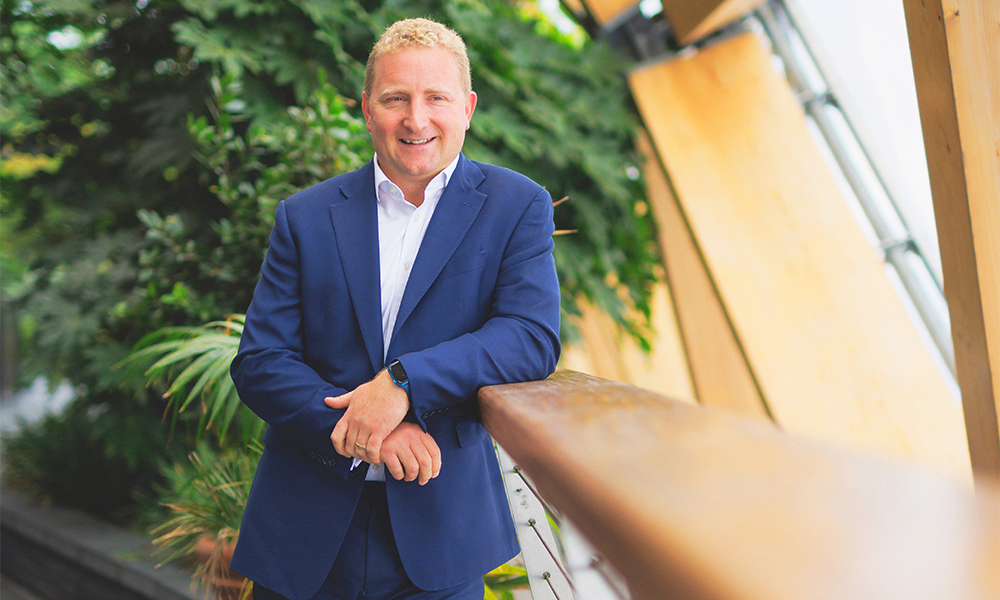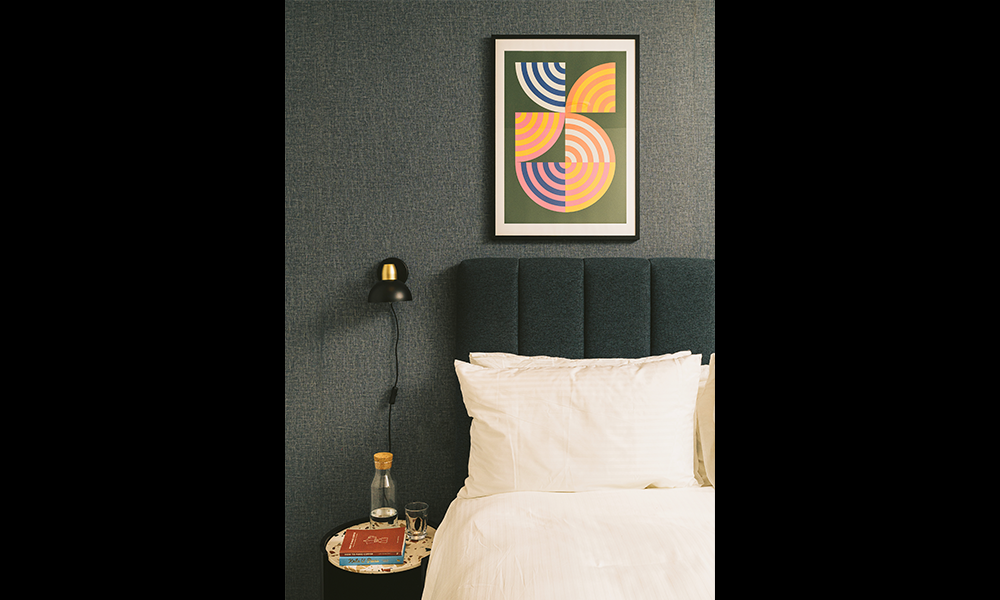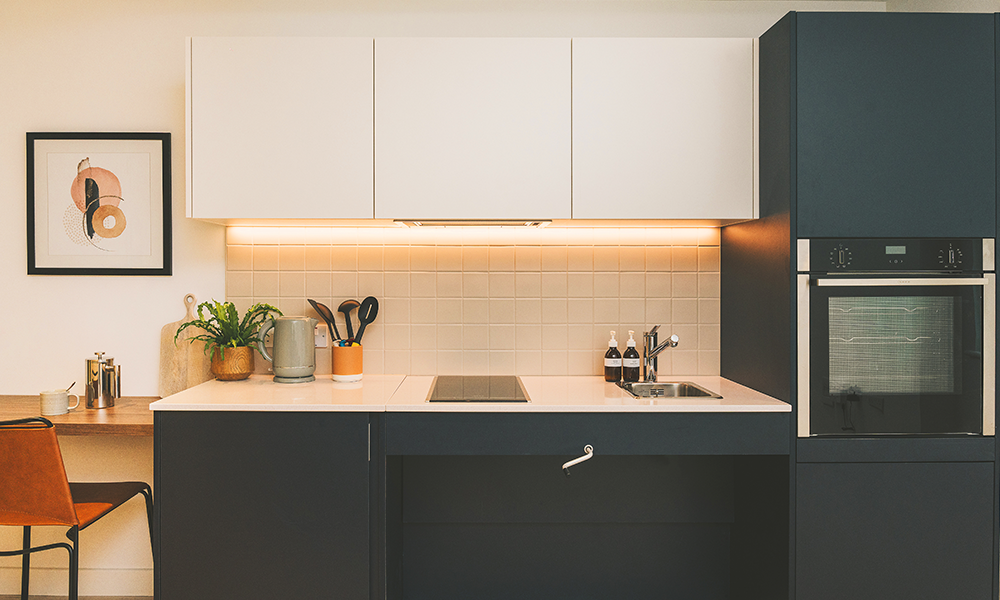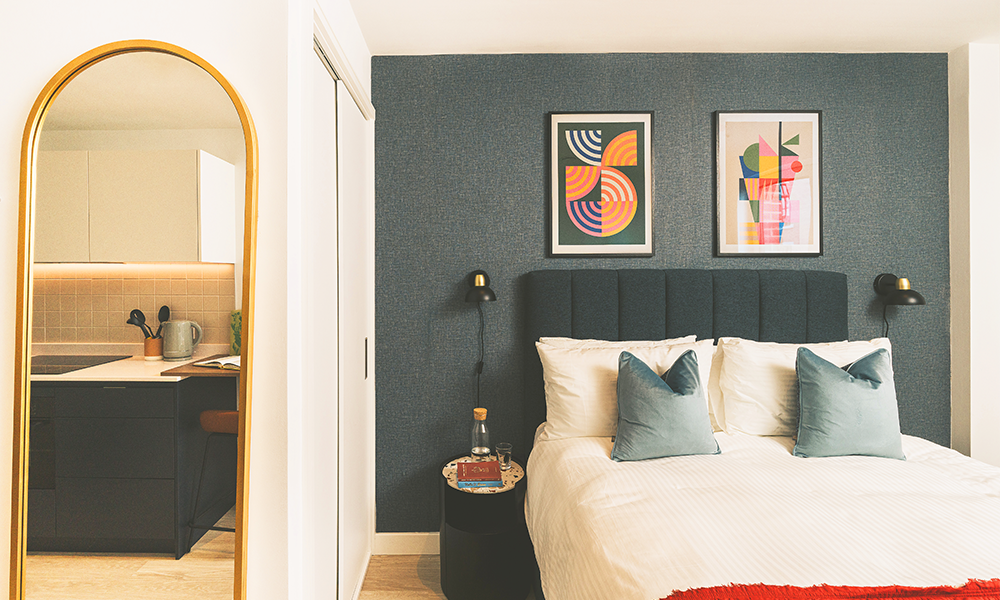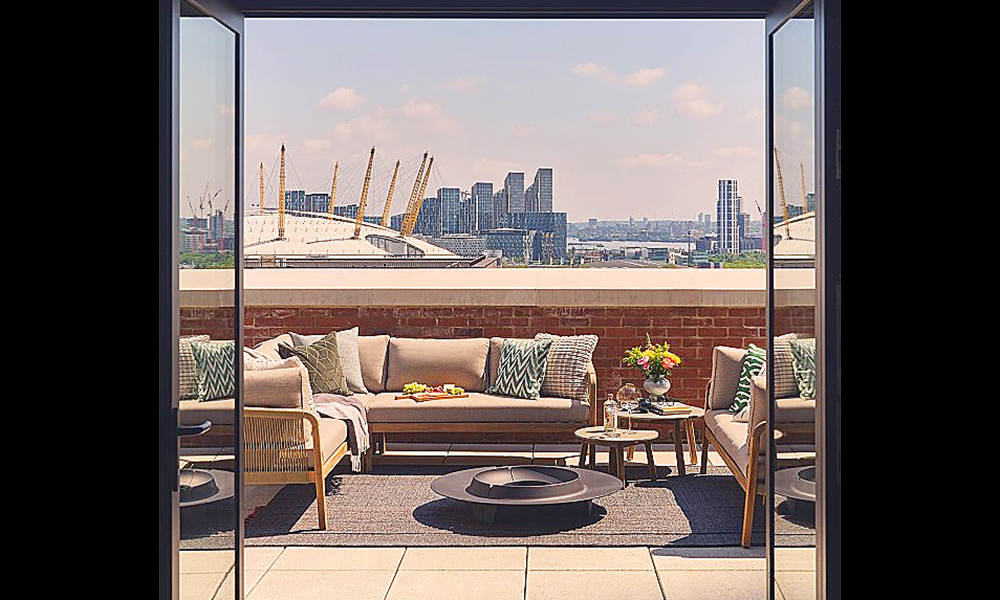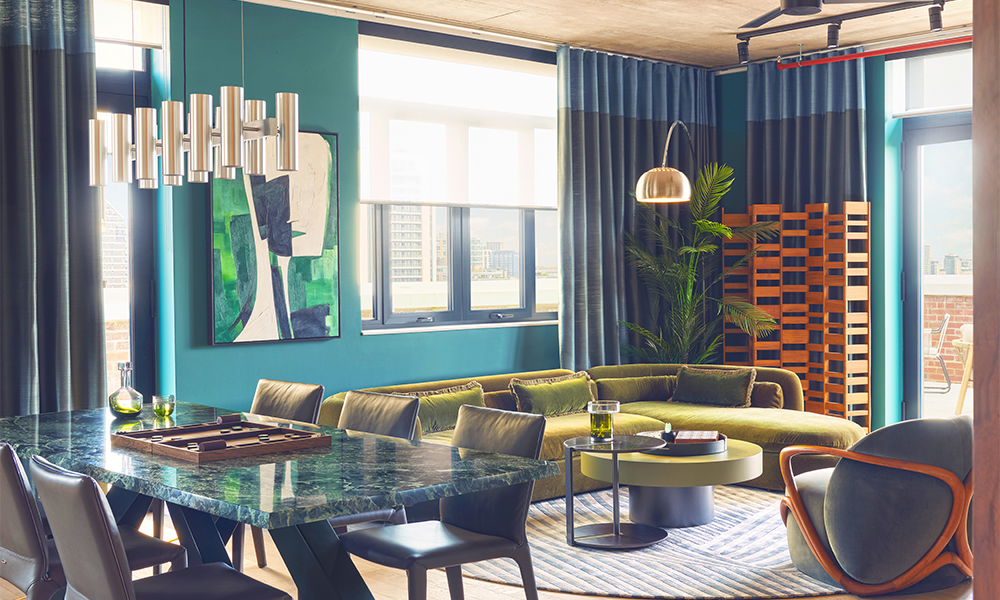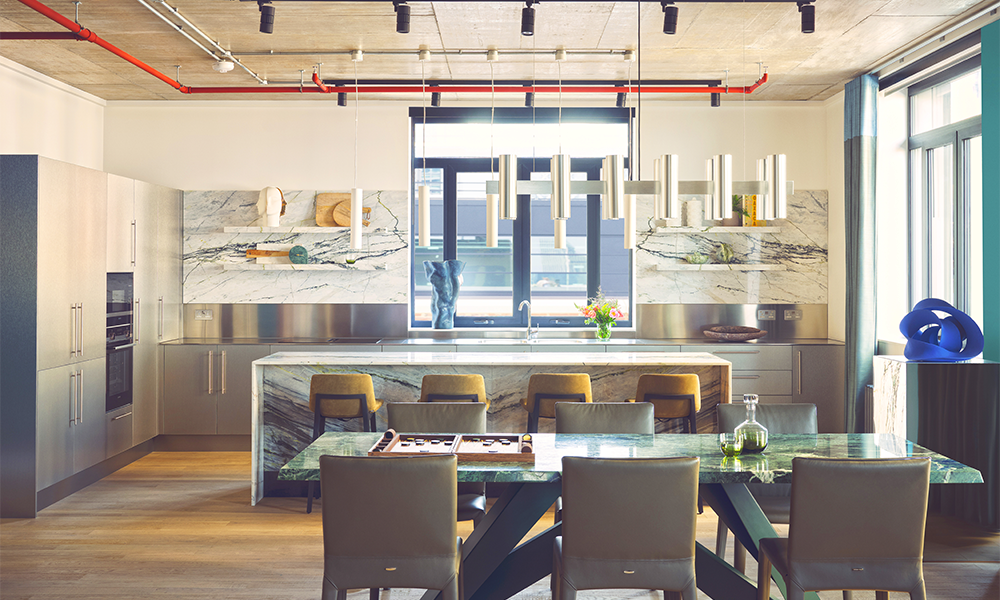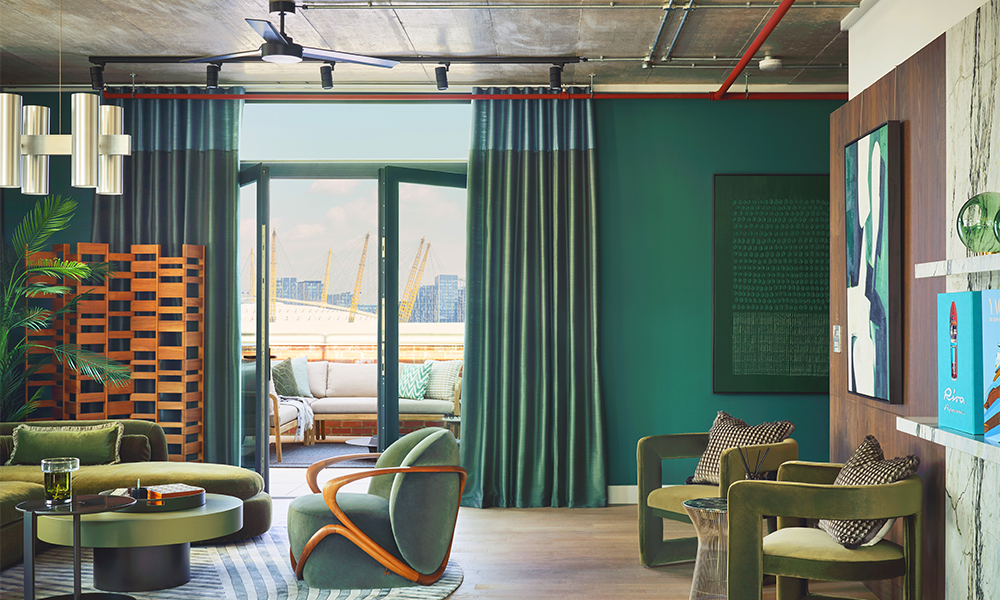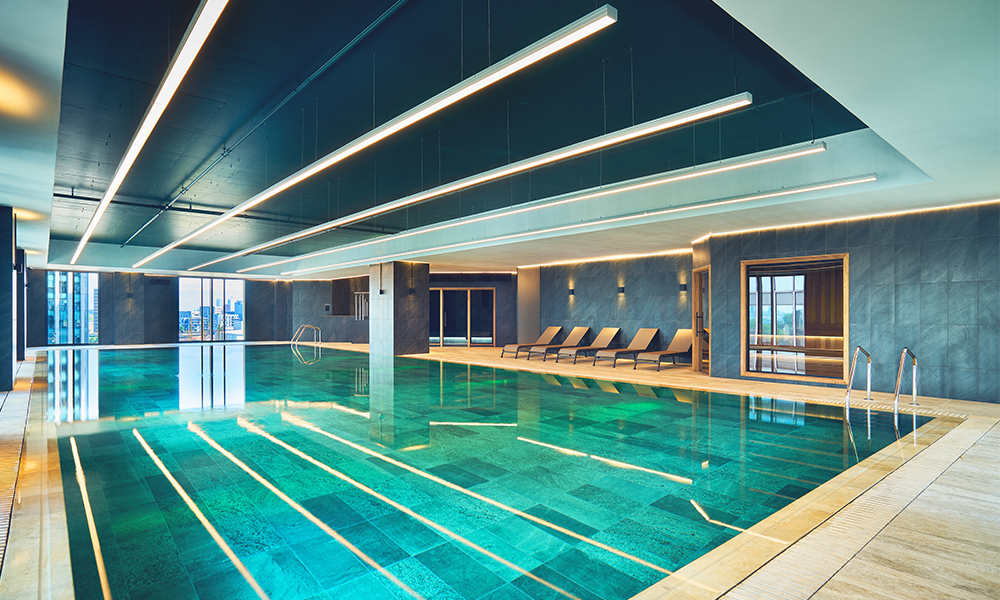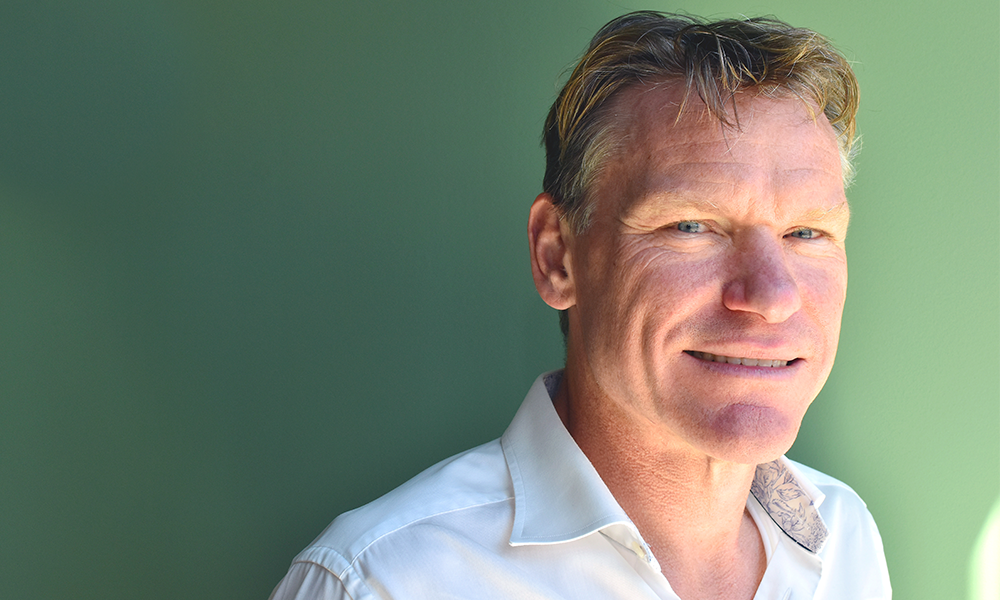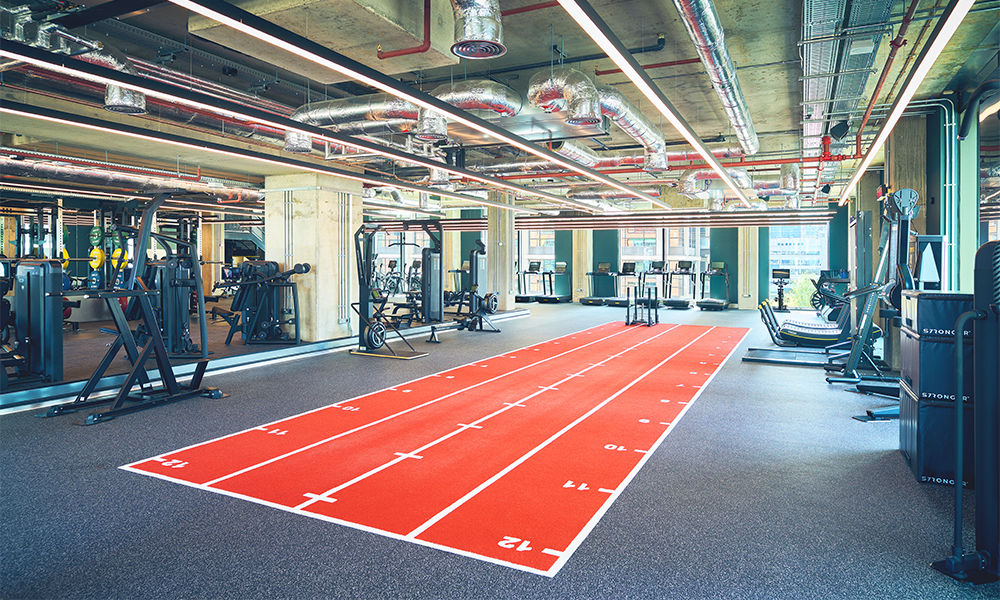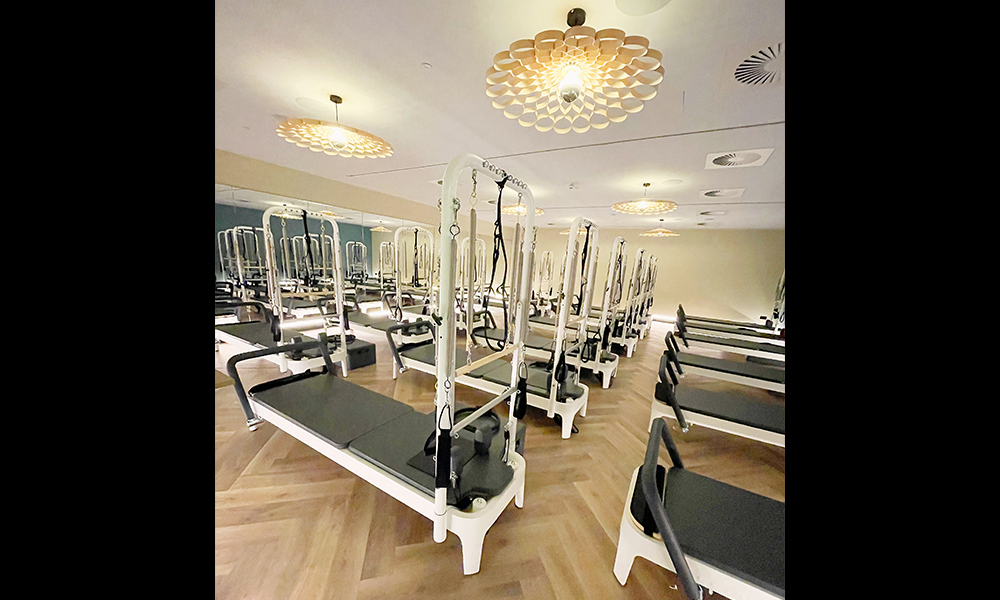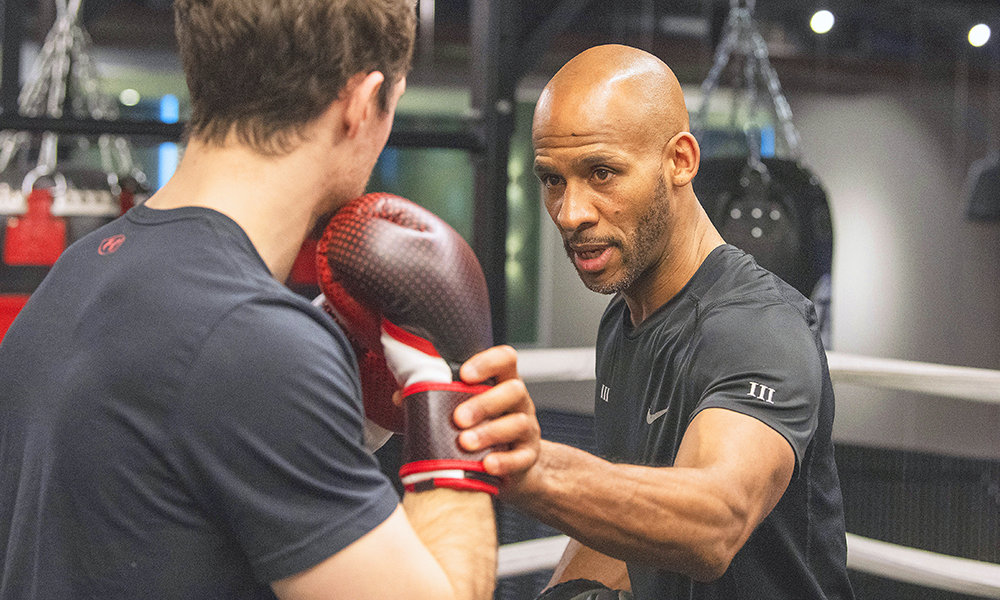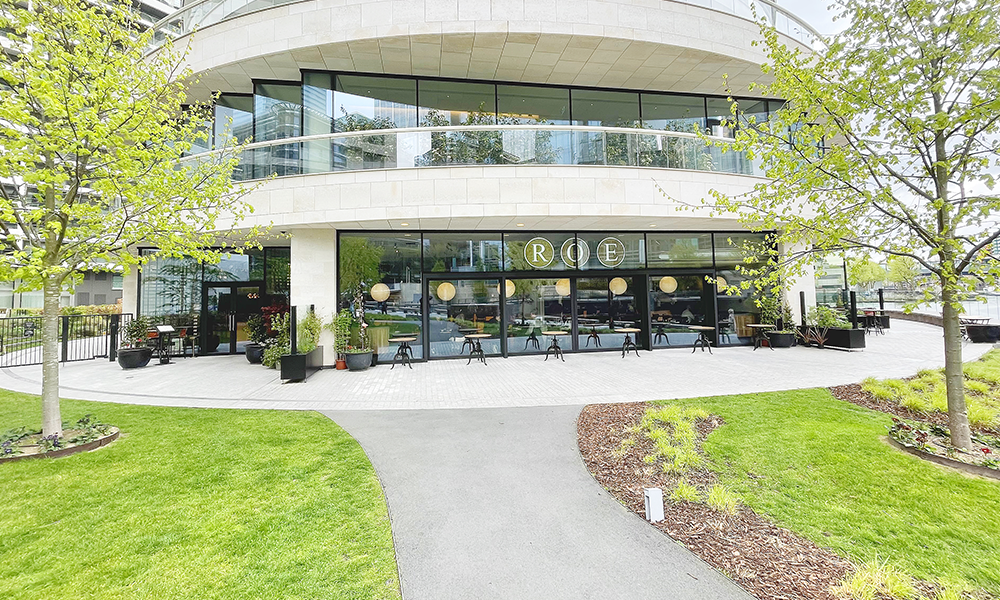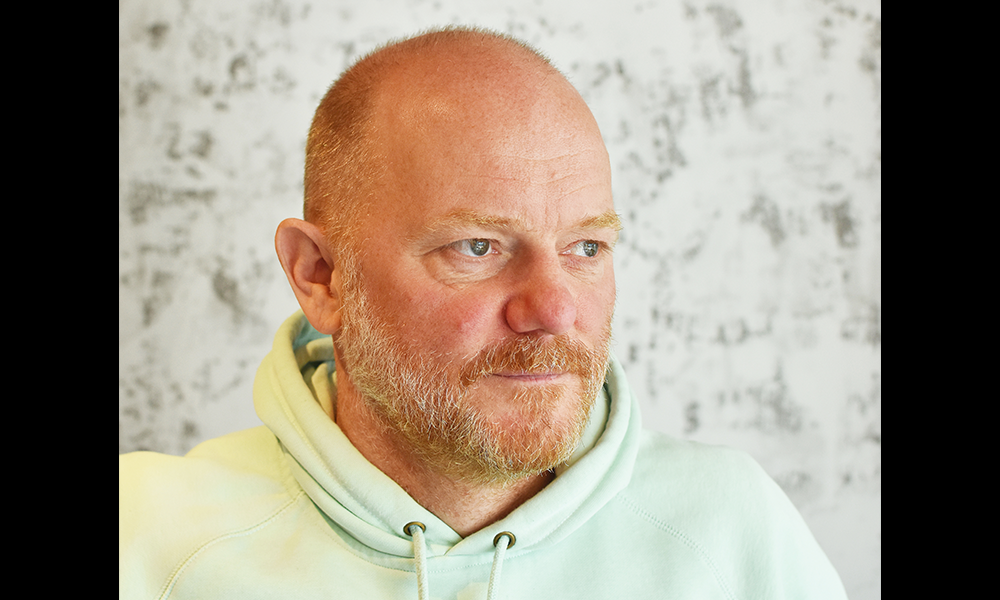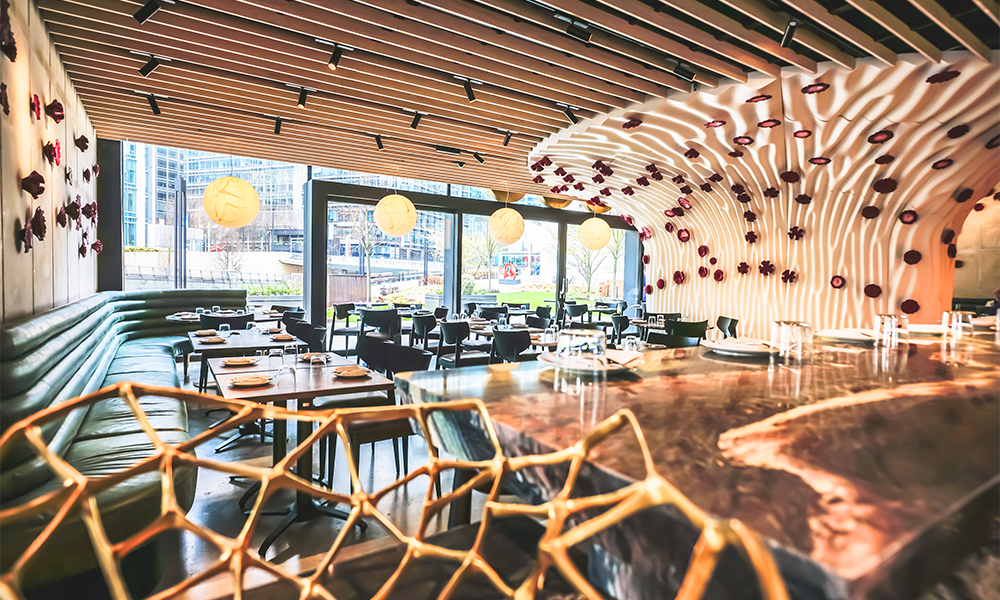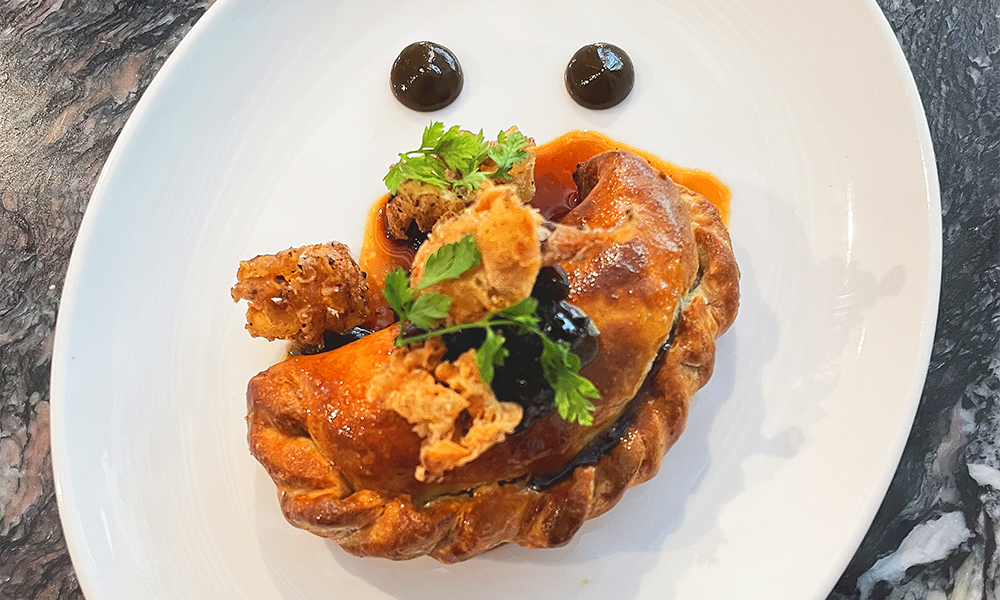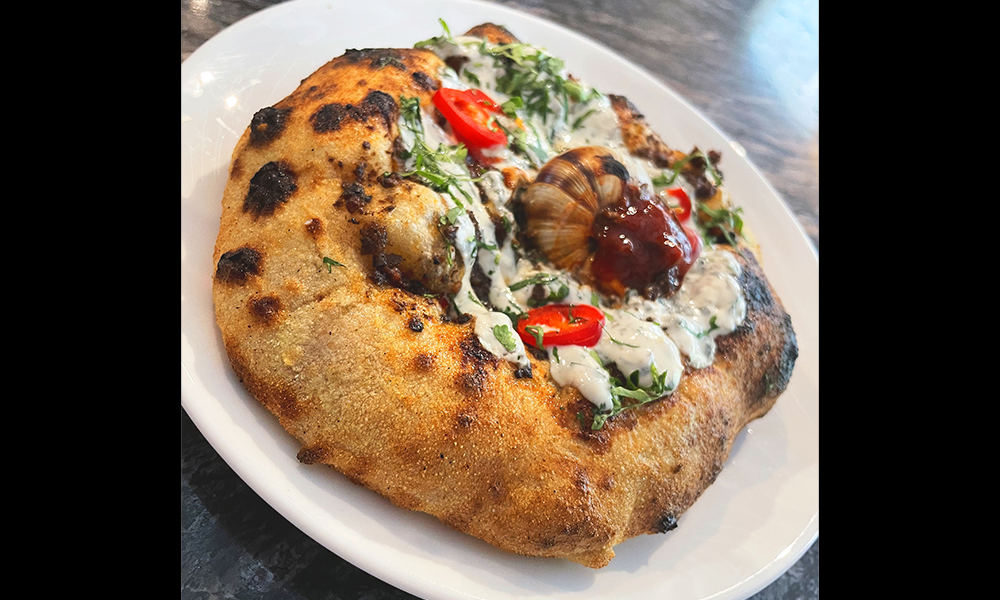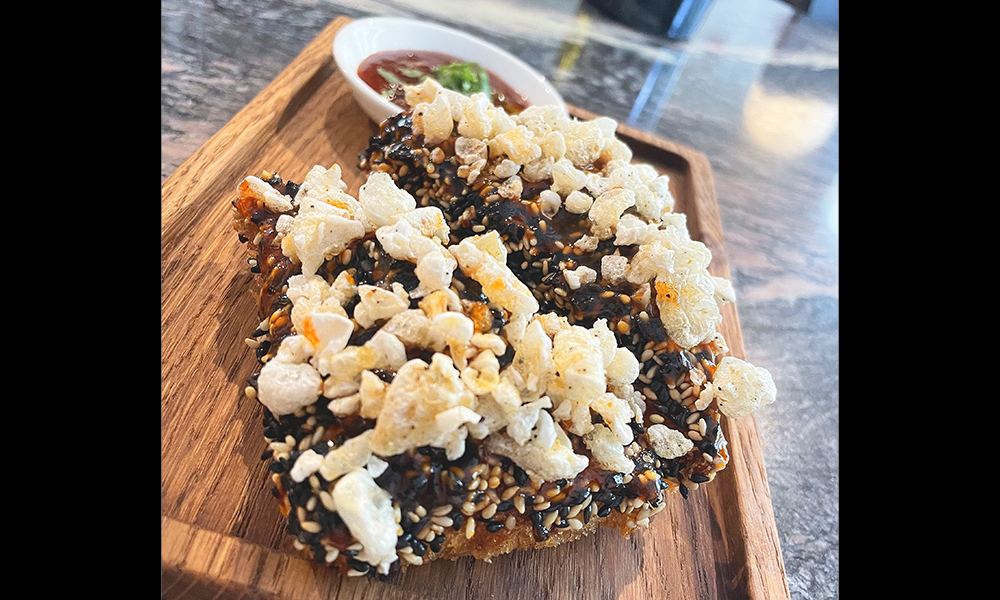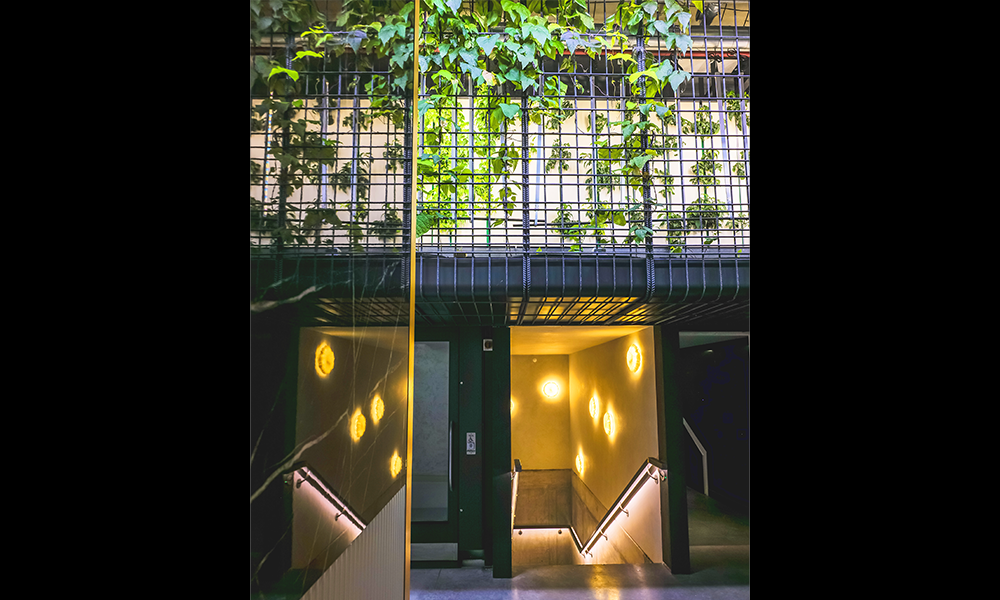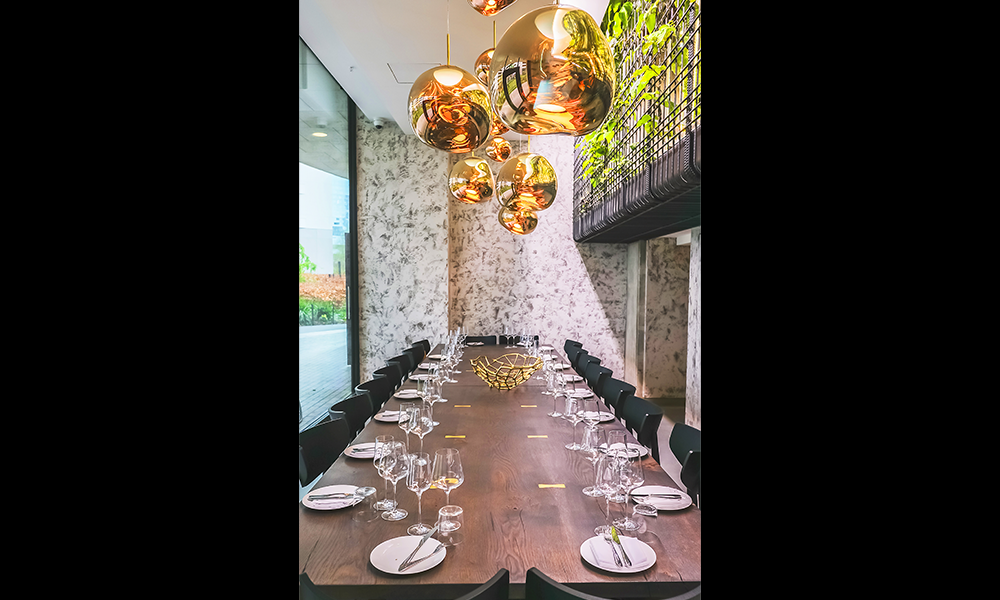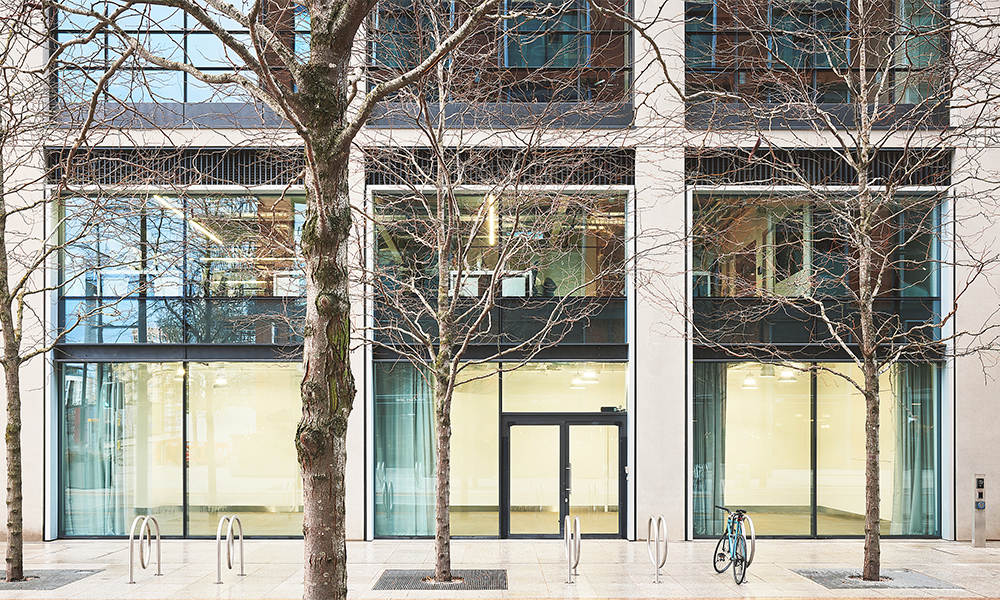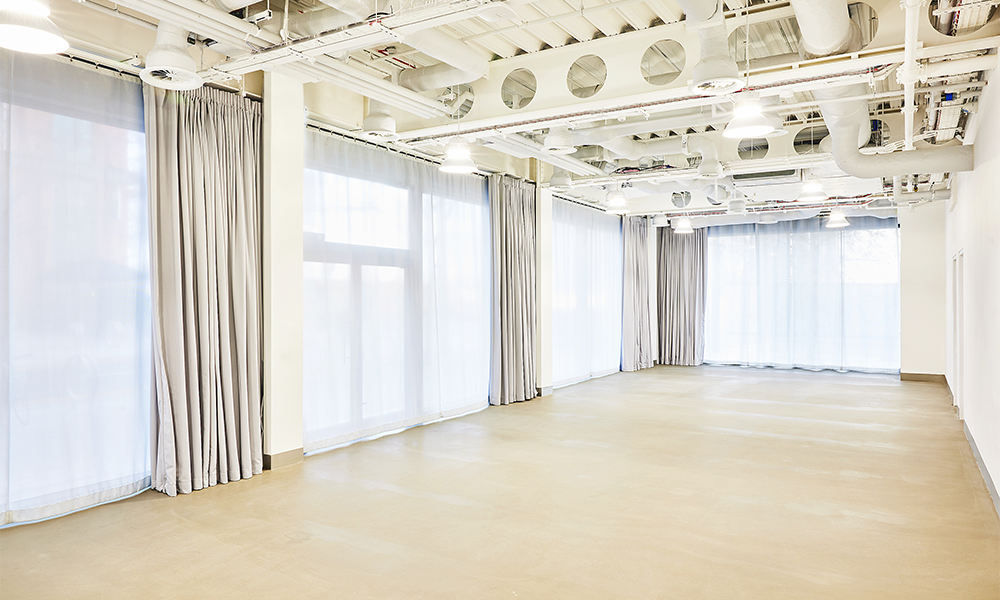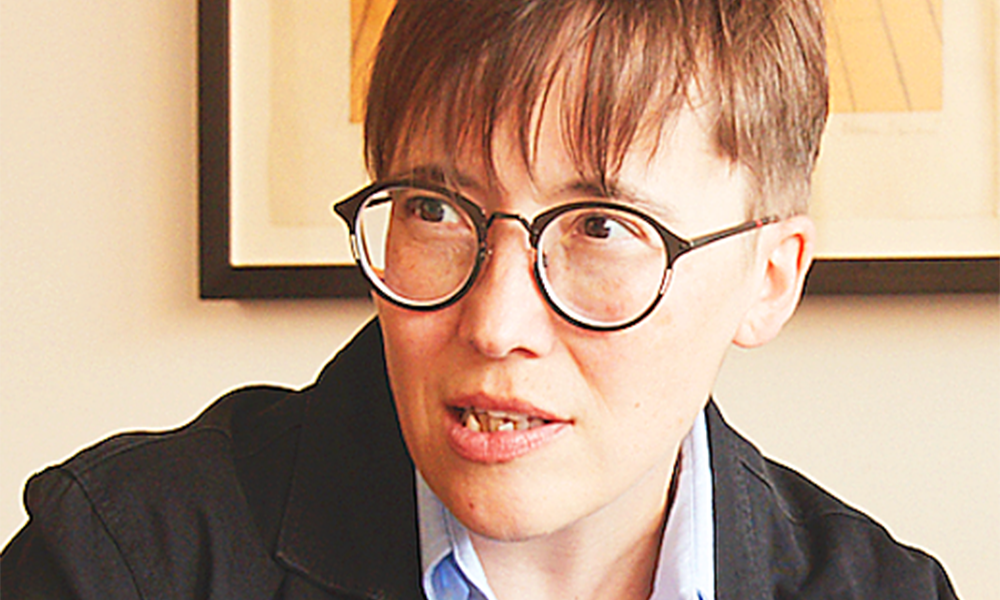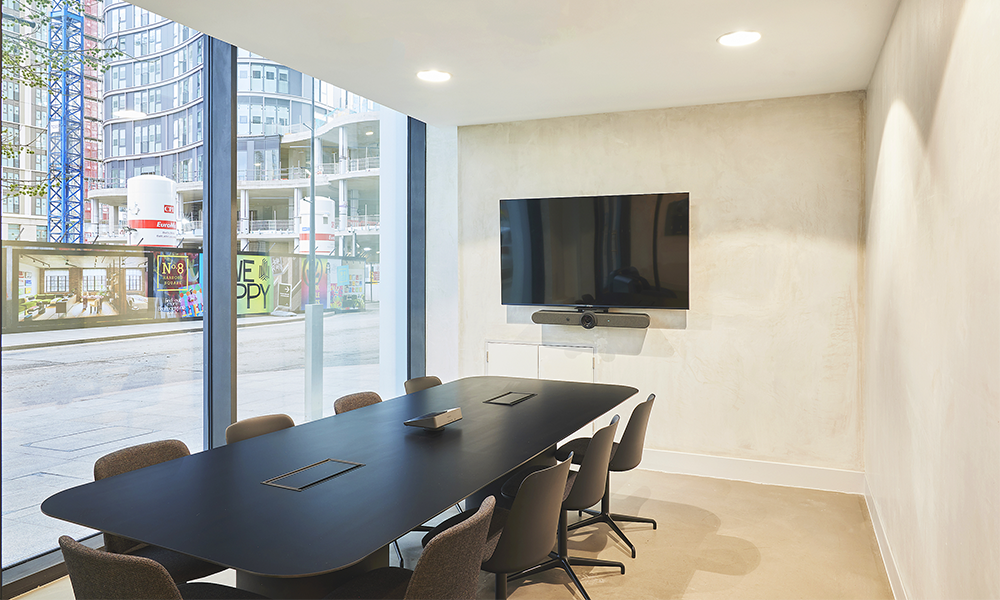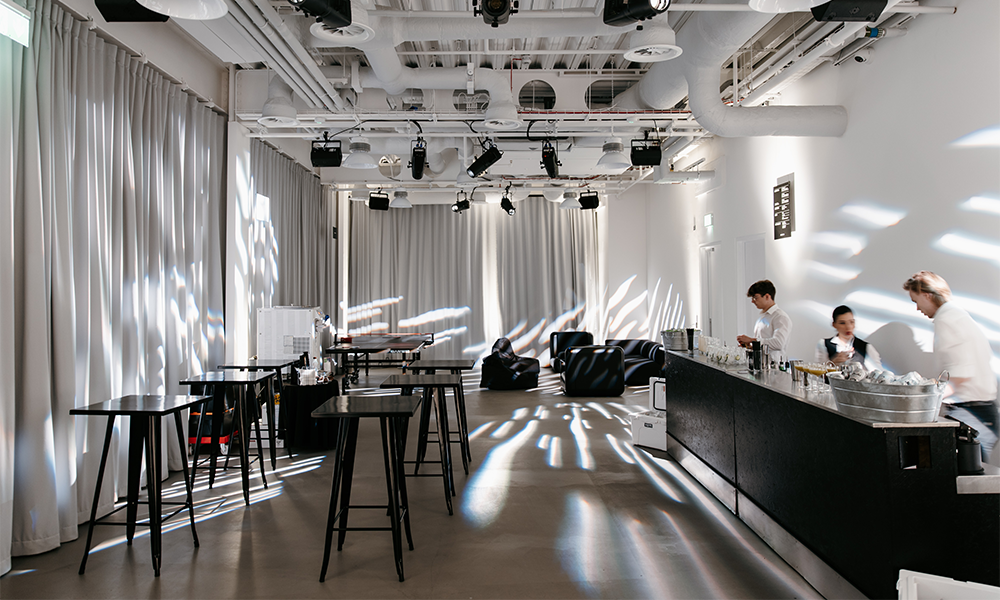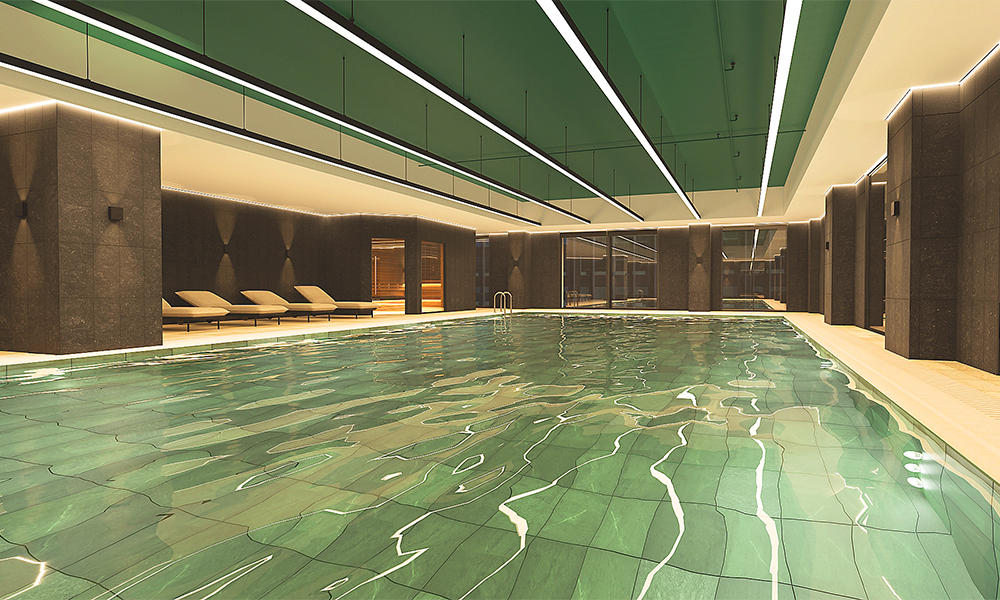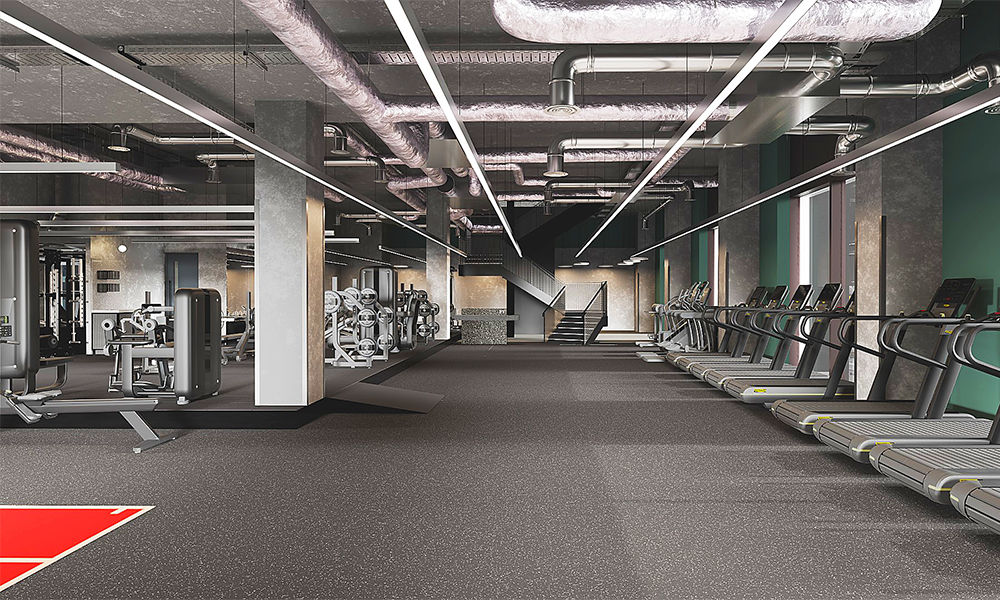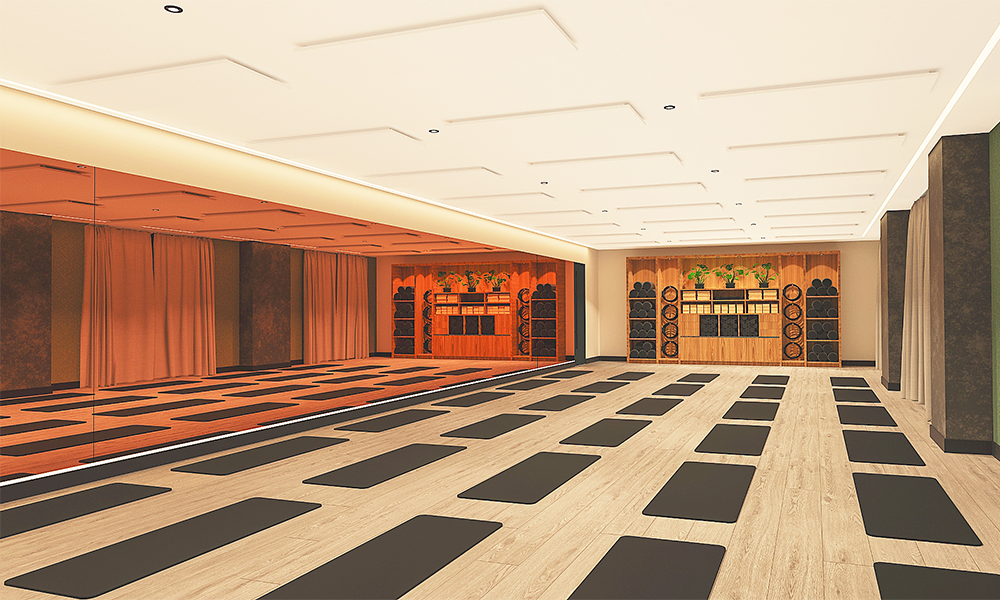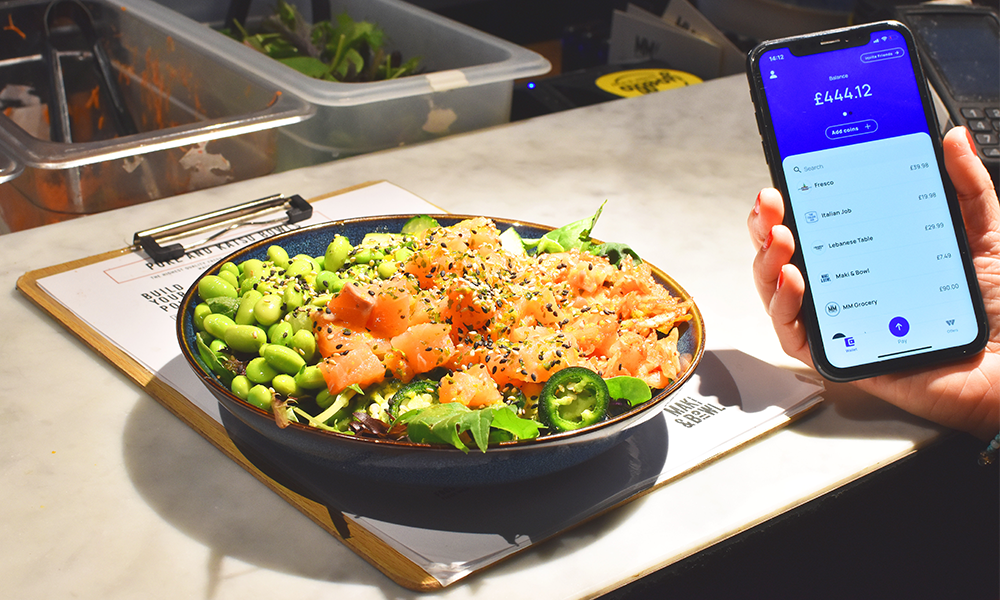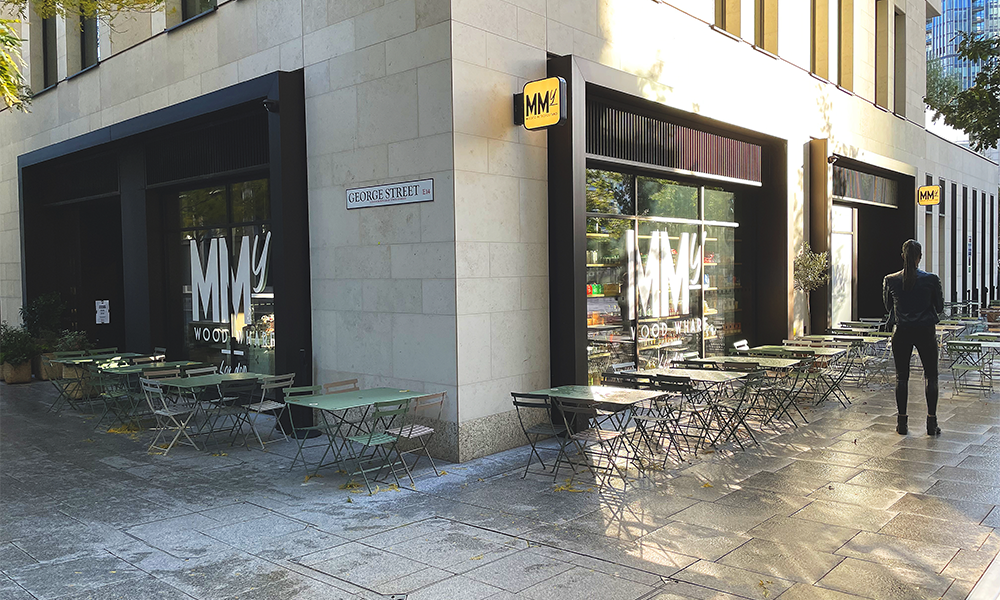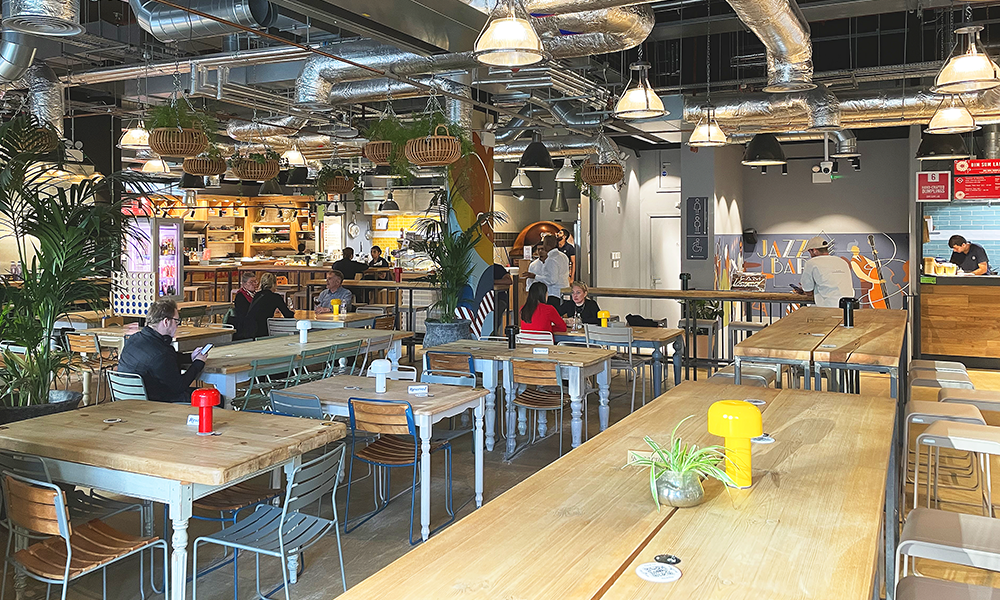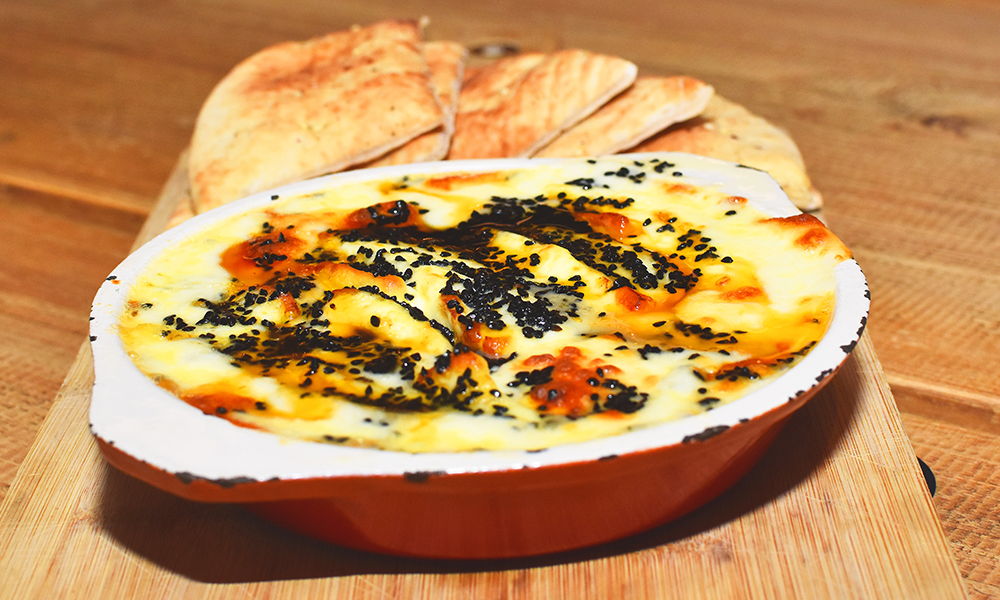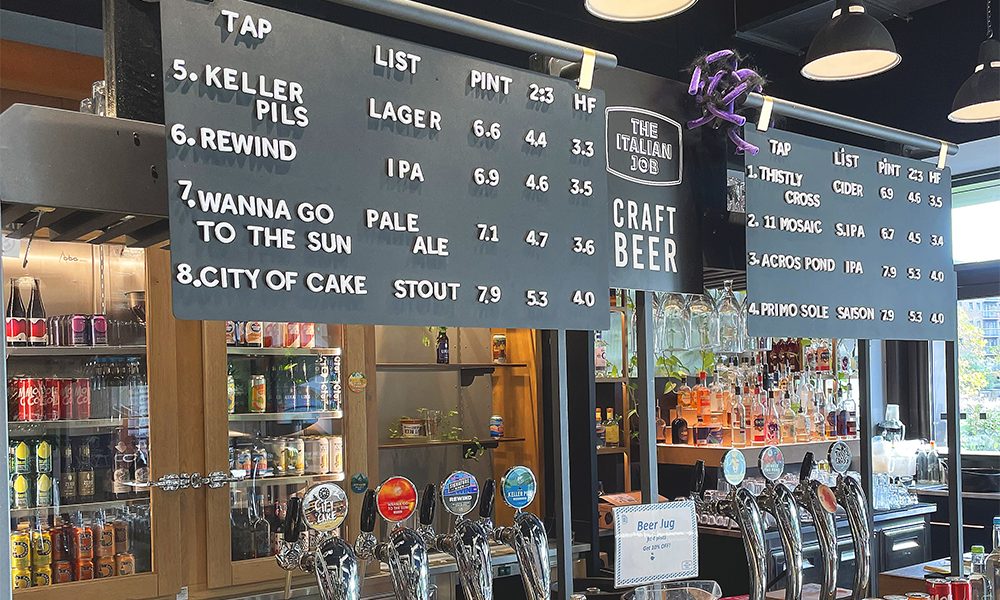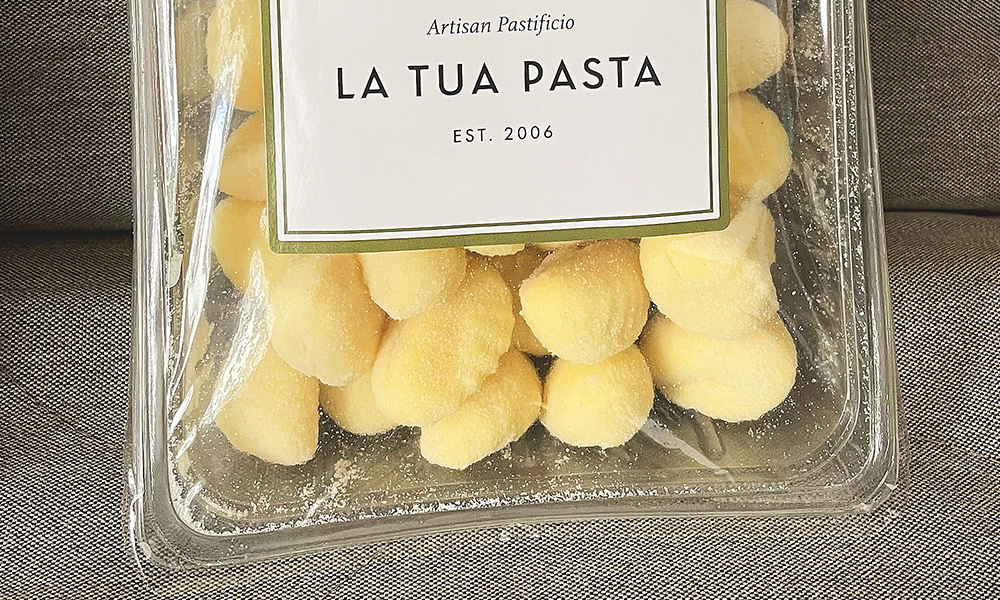With rooms and facilities spread across two buildings in Wood Wharf we find our that’s what with general manager Isabel Landaeter
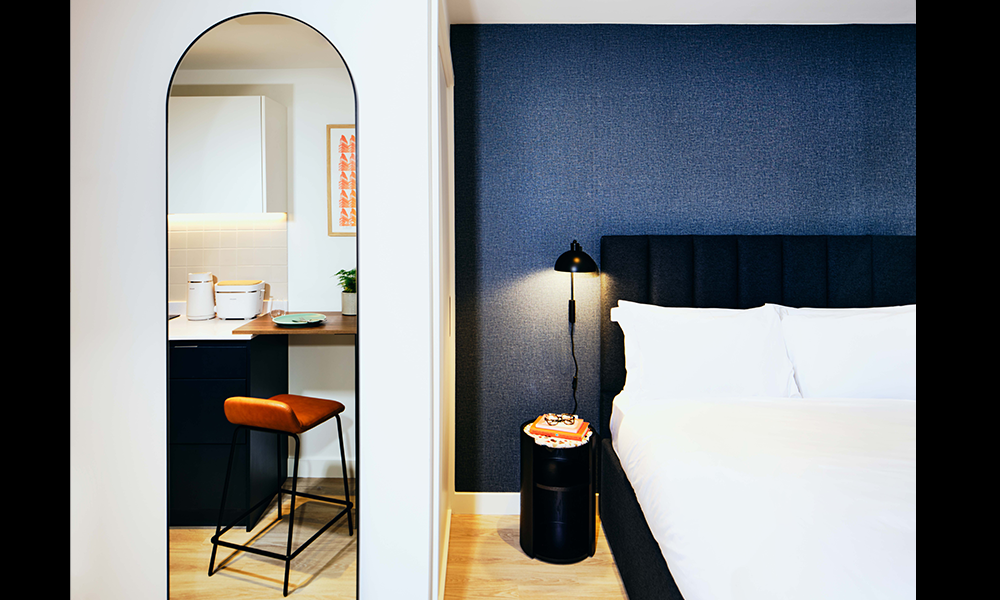
Subscribe to our free Wharf Whispers newsletter here
Where and how we want to live and work, is a debate that will continue to play a potent part in public discourse for years to come.
But one thing is certain. It’s areas that offer the greatest flexibility – real range – that will thrive.
Smart, then that Vertus, Canary Wharf Group’s build-to-rent subsidiary, has unveiled a new product on the east London estate.
Launching in February, 2025, Vertus Edit will run as an aparthotel across two newly-finished brick-faced buildings on Wood Wharf.
Quite where hotels stop and aparthotels start is itself a matter for lengthy debate – and not one that’s necessary to explore here.
Suffice to say, Vertus Edit’s 378 studios and its extensive guest facilities offer those seeking brief or medium-term stays on the Wharf a fresh option designed to satisfy a wide range of needs.
“That’s why this isn’t just a hotel,” said Isabel Landaeta, general manager of aparthotels at Vertus.
“Guests get a bit more space and a fully functional kitchen – they can stay a couple of nights or for a longer period.
“We’ve got a co-working space, lounges, a gym, meeting rooms and outdoor roof terraces – there’s a lot of space for people to explore across the two buildings outside of their studios.
“You have all the amenities you need including a 24-hour reception service and weekly housekeeping.
“Vertus has already made a name for itself in the neighbourhood with a reputation for service, so for Vertus Edit, it was about adapting that for people with different needs – those wanting a shorter stay or more flexibility.
“For example, someone might not want to sign a lease on a rental apartment, but they might want to live here for six months.”
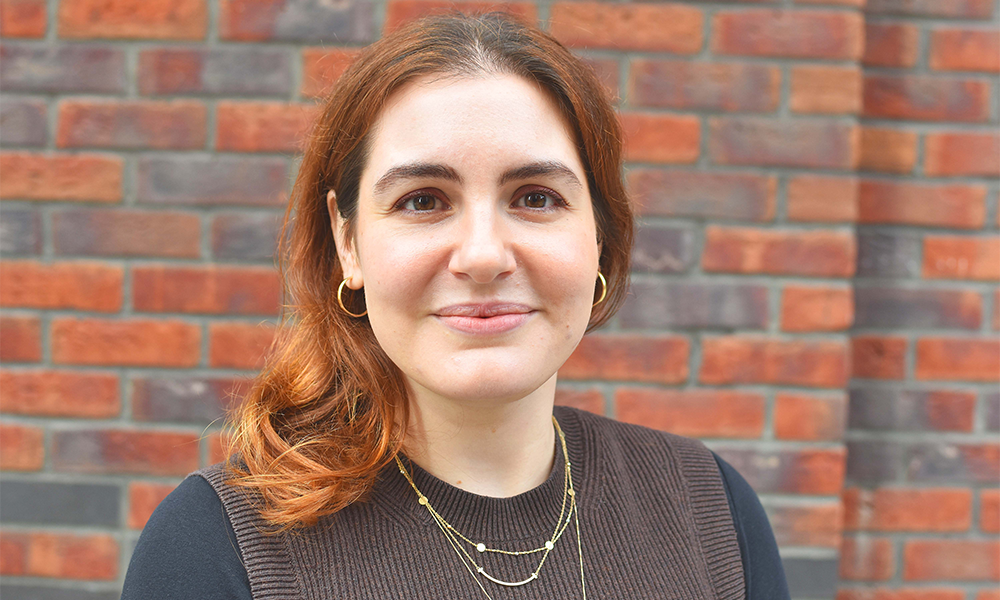
Vertus Edit: a home-from-home
Vertus Edit offers four studio sizes for guests, the Little, Cosy, Comfy and Roomy, ranging from 200sq ft to 301sq ft in size.
All come fully furnished with an en-suite bathroom, towels, toiletries, a kitchen equipped with cookware, utensils, crockery, glassware and cutlery, a TV and super fast Wi-fi.
While no room service is available, there is a 24-hour self-service pantry for guests to access as well as Canary Wharf’s myriad hospitality and shopping options a few minutes’ walk from West Lane via Union Square.
Vertus Edit will obviously cater for people visiting the area for business, perhaps on secondment at a London office from overseas or in town to seal a deal, but it’s been structured as more than that.
“We’re aiming to appeal to people who might not have considered staying in Canary Wharf before,” said Isabel.
“Of course we’ll be accommodating corporate clients and offering discounts for longer stays, but we will also be there for people visiting for conferences at Excel, gigs at The O2, those coming to see ABBA Voyage or Mamma Mia The Party and even people running the London Marathon.
“This isn’t just about Monday-to-Friday. We think we’ll appeal to people taking a longer period of time to visit London as tourists because of our transport links.”
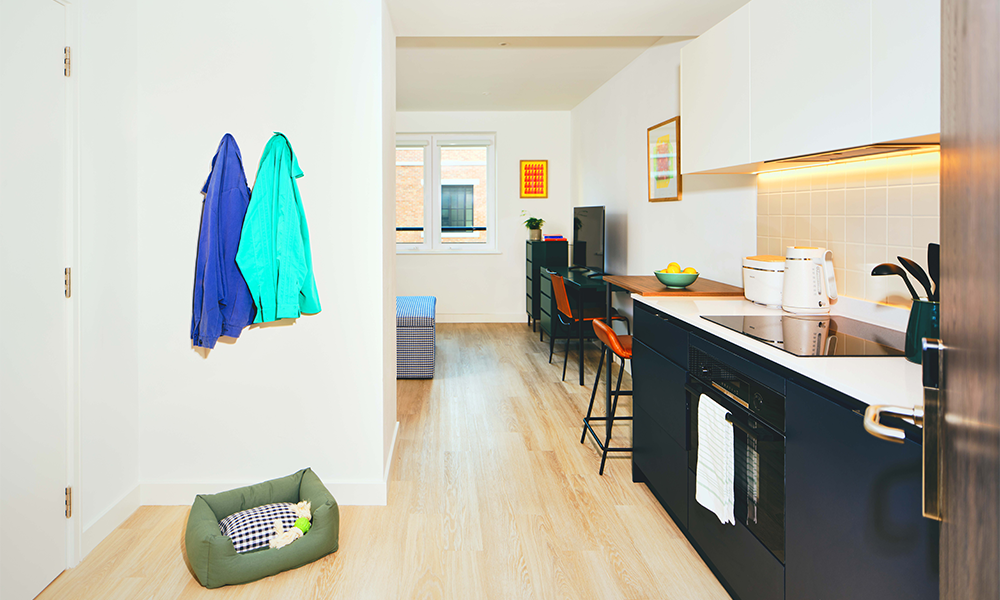
flexible and local
To that end, Vertus Edit reflects the current reality of Canary Wharf – an estate that each day taps deeper into east London and the areas that surround it, increasingly blending its existing aesthetic with local flavours.
Each room features artwork from East London Printmakers – about 1,200 handmade prints in total by 10 artists. Guests can even purchase works from the collective if they wish.
Key toiletries in the studios have been sourced locally too, from Kankan, a business founded by women in Hackney that’s laser-focused on sustainability and minimising its negative impact on the environment.
“That’s something we’re really serious about,’ said Isabel. “For our towel service, we’re using Oxwash, established by Dr Kyle Grant-Talbot.
“He’s a former NASA and SpaceX engineer who has created a laundry process that saves water and carbon and prevents almost all microplastics entering the environment.”
In edition to its green credentials, Vertus Edit’s spaces are intended for broad appeal.
Much use is made of texture, colour and luxuriant wallpapers in the communal areas, with lush furnishings and vibrant art adorning the spaces.
Meeting rooms will be available for hire to both guests and other individuals and organisations, with a truly open and flexible approach to the facilities on offer.
It’s all part of creating a malleable, functional addition to the estate.
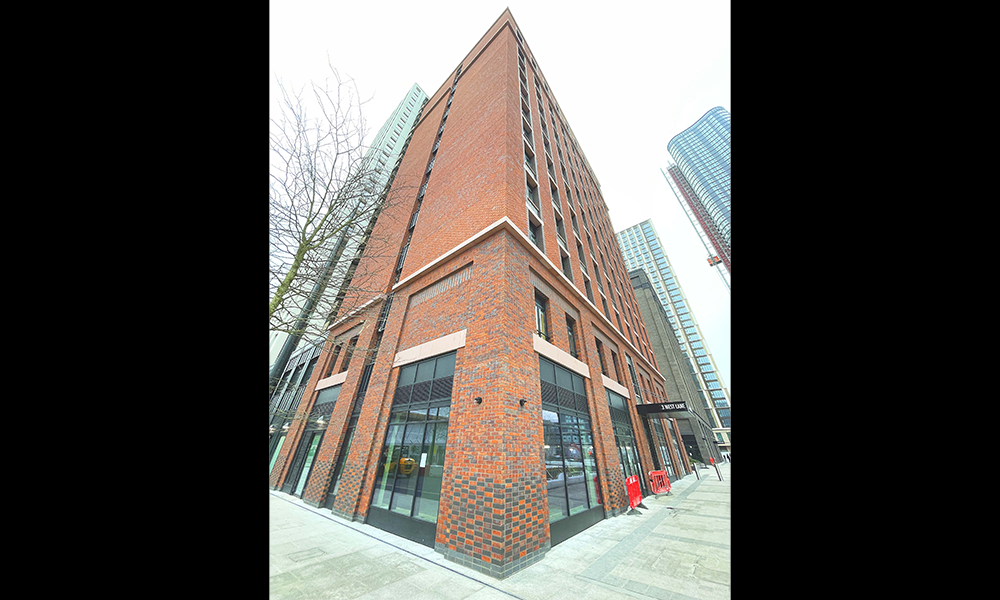
the next logical step
“The evolution of why people live and stay in Canary Wharf started with private residential homes and Vertus’ rental offerings,” said Isabel.
“Vertus Edit is the logical next step – if you’re looking for greater flexibility, then this would be the product for you.
“We expect there to be some overlap, naturally, as people come for a couple of months and then decide to rent an apartment.
“It works the other way too. For people living in Canary Wharf’s towers, this acts as an extension of their homes when, for example, a relative wants to stay locally for a couple of weeks or longer.
“If you’re renting a studio flat, for instance, this provides the space to accommodate them and residents know they can trust the service because it’s from Vertus.
“We also have plans to run events for guests who are staying here and we’ll be on hand to tell them all about Canary Wharf and east London.
“Those staying for a few months may well become friends with the team and other inhabitants, but we want the feel to be about the neighbourhood rather than forced community.
“Personally I’m most excited about people on the estate getting to understand what an aparthotel is and what it feels like.
“In addition to what we’re offering, we also have 12 commercial spaces on the ground floor between our two buildings and I think the businesses that take these will add so much to the neighbourhood along with what’s coming on the ground floor of 8 Harbord Square.
“Since Union Square opened, I’ve been really surprised by how many people are already walking past us.
“I’ve also been lucky enough to see some of the plans for what’s going to open here and it’s going to be really exciting.”
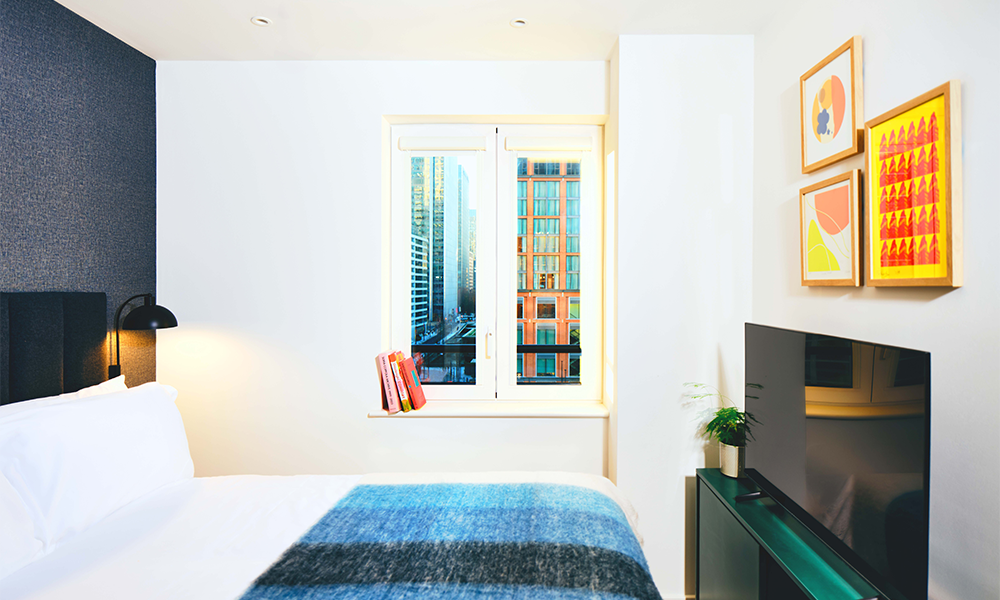
ket details: Vertus Edit
Vertus Edit is open from February 2025 with prices starting at £117.14 per night for a Little studio accommodating up to two people.
The largest Roomy apartments start at £160.12 per night, also for up to two guests.
Find out more about the aparthotel here
Read more: How Arc is bringing the ‘largest sauna in the UK to Canary Wharf




